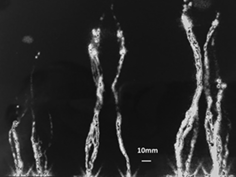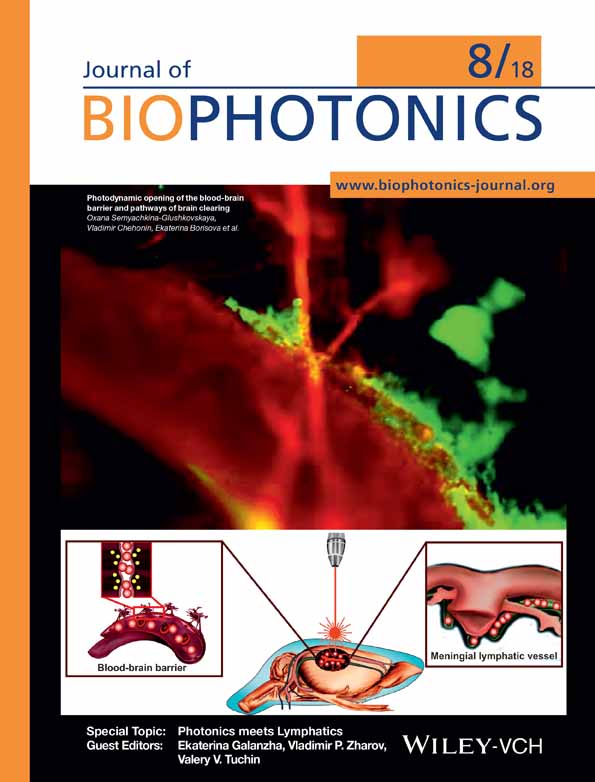Imaging lymphatics in human normal and lymphedema limbs—Usefulness of various modalities for evaluation of lymph and edema fluid flow pathways and dynamics
Abstract
The human lymphatic system morphology and function still remain largely unknown to clinicians and biologists. How does the lymphatic vascular system look like in comparison to the blood transport system, how does lymph flow, where does capillary filtrate accumulate in cases with lymphatic obstruction caused by inflammation, trauma, and cancer therapy, remain as basic questions. Visualization of the lymphatic pathways and dynamics of lymph flow, and in cases of obstruction, the localization of the capillary filtrate/edema fluid accumulation becomes indispensable. The contemporary methods only partly meet these requirements. Since the early 1950s of the 20th century only few specific clinical methods of imaging of limb lymphatics are being used in human clinic. Each of the applied modalities provides different images due to different physical chemistry and distribution of tracer, methods used for its detection in tissues, their sensitivity and specificity and clinical type of lymph vessel pathology. Here, the advantages and disadvantages of the most commonly used 3 methods of imaging: the iodinated oil X-ray, isotopic, and fluorescent lympangiographies are presented. The study is based on retrospective and recent collections of lymphangiograms from large cohorts of patients. Imaging of lymph nodes has not been included as it is requiring different interpretation compared with vessels. Composite evaluation of X-ray, isotopic, and fluorescent lymphographic images or, as it is practiced now the isotope and indocyanine green near infrared lymphographies, provide most clinically important information. Special attention was directed at methods enabling early diagnosis of imminent lymphedema especially in cases with cancer therapy-related lymphedema. Groups of typical images obtained with the 3 methods are presented.

CONFLICT OF INTEREST
Authors declare no conflict of interest.




